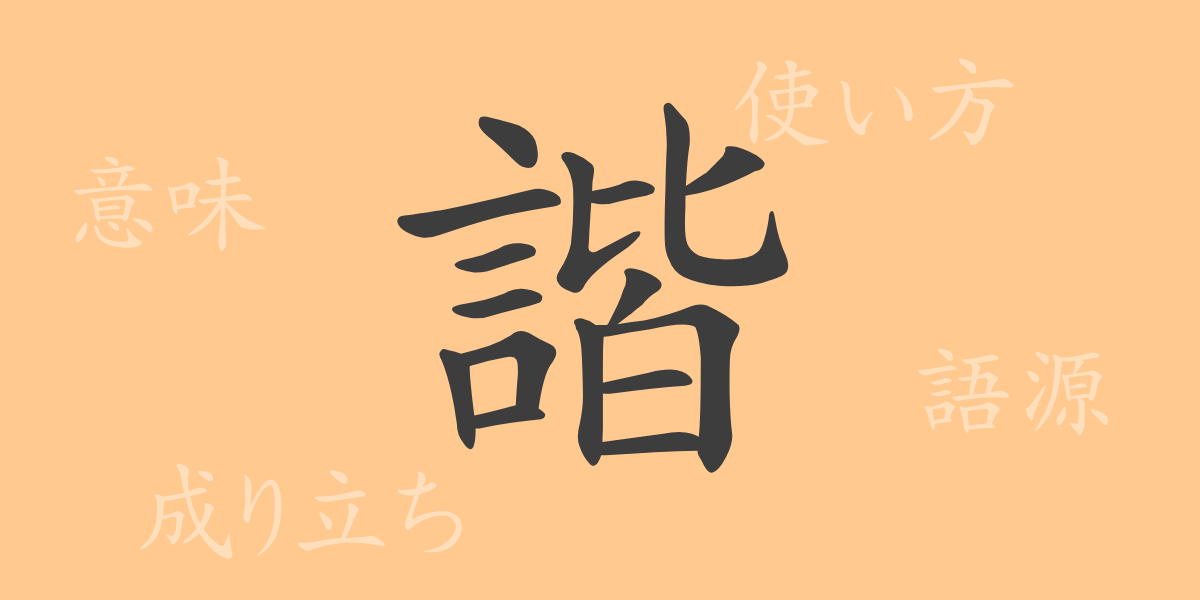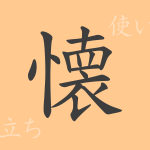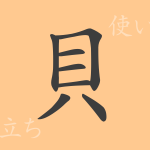Kanji, with its intricate shapes, conceals a history and meaning far beyond what one might imagine. The Japanese common kanji “harmony” (諧)(Kai) is no exception. In this article, we delve into the origins, meanings, usages, readings, and idiomatic expressions that include “harmony” (諧). By understanding the meanings imbued in each kanji, let’s embark on a journey to rediscover the richness of the Japanese language.
The Origins (Etymology) of ‘Harmony’ (諧)(Kai)
The kanji “harmony” (諧) (Kai) originated in ancient China. Its form is a combination of the radical “speech” (言) (kotoba) and the character meaning “all” (皆) (Mina). This is thought to symbolize the harmonious and amicable coming together of people through speech. Historically, it was also used to denote the harmony in music, and from there, it came to refer to people living together in friendly accord.
The Meaning and Usage of ‘Harmony’ (諧)(Kai)
“Harmony” (諧) (Kai) carries meanings such as “amicable,” “harmonious,” and “fitting together well.” It is specifically used to describe good relationships among people or situations where things are proceeding smoothly. Depending on the context, it can also refer to a sense of humor or a witty way of speaking.
Readings, Number of Strokes, and Radical of ‘Harmony’ (諧)(Kai)
Let’s take a look at the readings and elements that make up the kanji “harmony” (諧)(Kai) .
- Readings: The onyomi (Chinese reading) is “kai,” and there is no particular kunyomi (Japanese reading).
- Number of Strokes: It has 16 strokes in total.
- Radical: The radical is “speech” (言) (Gen).
Idioms, Phrases, and Proverbs Using ‘Harmony’ (諧) (Kai) and Their Meanings
Idioms, phrases, and proverbs that include “harmony” (諧) (Kai) are used in various ways in the Japanese language. For example, “humor” (諧謔) (Kaigyaku) refers to humor or wit, while “musical harmony” (諧調) (Kaichou) signifies a state of harmony in music. These expressions play a vital role in soothing people’s hearts in everyday life.
Conclusion on ‘Harmony’ (諧)(Kai)
The kanji “harmony” (諧) (Kai) possesses a rich history and meaning beyond its appearance. This character, used to express positive relationships and harmony, enriches the expressions of the Japanese language. At first glance, it may seem like a modest kanji, but the presence of “harmony” (諧)(Kai) , conveying the importance of human relationships and communication, is indispensable in our language.

























